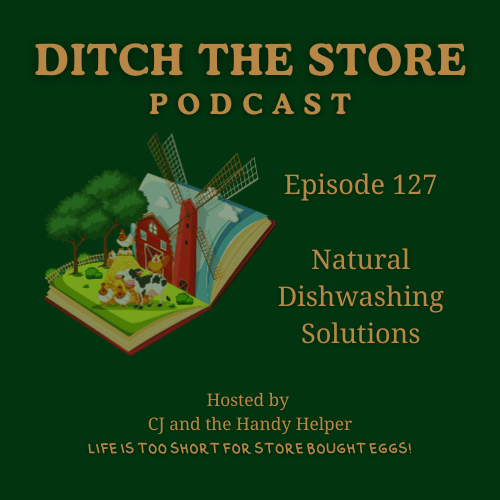
Natural Dishwashing Solutions
How to Make Your Own Eco-Friendly Dishwashing Solutions
Let's tackle the art of creating eco-friendly dishwashing solutions that are both effective and budget-conscious. In today's world, where convenience often trumps sustainability, many of us are looking for ways to reduce our reliance on store-bought products filled with harsh chemicals.
In this post, we'll explore how you can craft your own homemade dishwashing liquid and dishwasher tablets using simple, natural ingredients. These DIY cleaners not only help the environment but also lighten the load on your wallet.
Get ready to transform your kitchen cleaning routine with these easy-to-make, eco-friendly solutions and learn why ditching the store can be a rewarding choice for your home and planet.
Embracing eco-friendly dishwashing solutions is a powerful step towards a more sustainable lifestyle. Let's explore the benefits of homemade cleaners and the essential ingredients that make them effective.
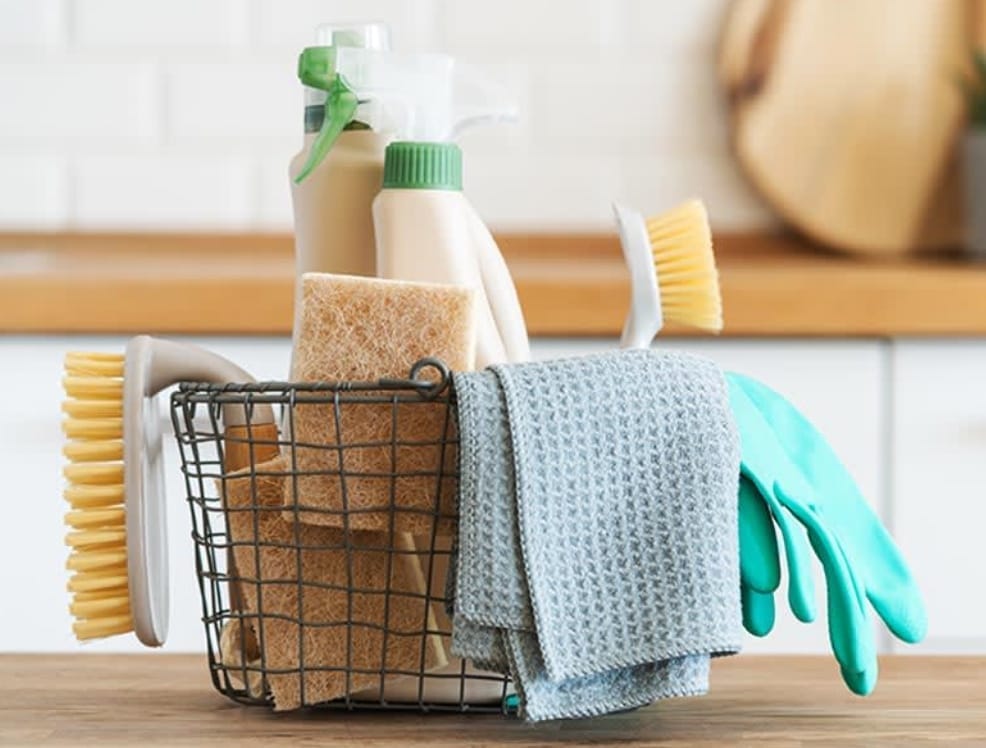
Benefits of Homemade Cleaners
Homemade cleaners offer numerous advantages over store-bought alternatives. They're cost-effective, reducing your household expenses significantly over time.
These DIY solutions are also gentler on the environment, as they don't contain harsh chemicals that can harm aquatic life or pollute water sources. Many homemade recipes use biodegradable ingredients, making them a more eco-conscious choice.
Moreover, by making your own cleaners, you have full control over the ingredients, allowing you to avoid allergens or irritants that might be present in commercial products.
Essential Ingredients for Clean Dishes
The key to effective homemade dishwashing solutions lies in using the right ingredients. These natural components work together to cut through grease and leave your dishes sparkling clean.
Castile soap is a versatile base for many homemade cleaners. It's made from vegetable oils and is biodegradable.
Baking soda and washing soda are excellent for scrubbing and deodorizing.
Vinegar acts as a natural disinfectant and helps to remove hard water stains.
Essential oils not only add a pleasant scent but also have antibacterial properties. Citric acid is another powerful natural cleaner that can help remove soap scum and mineral deposits.
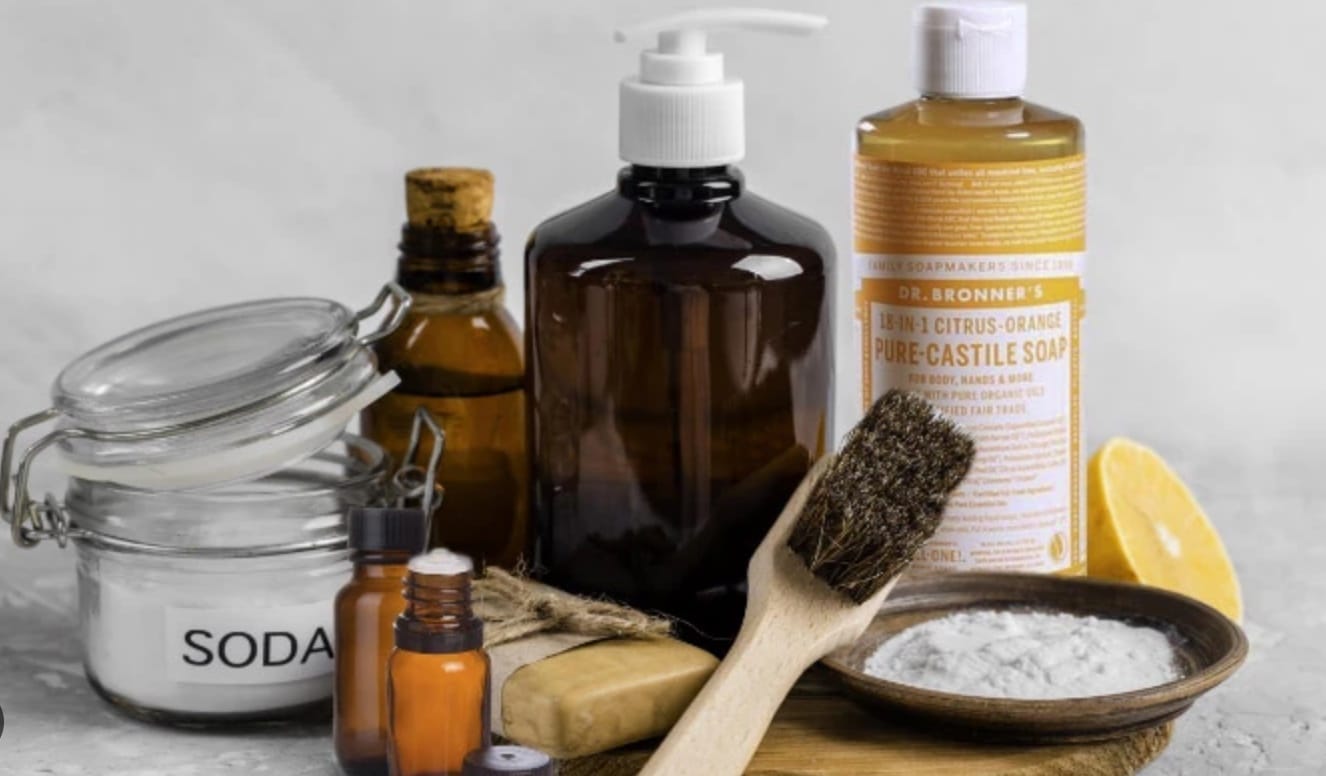
Making Your Own Dishwashing Liquid
Creating your own dishwashing liquid is a simple process that can yield impressive results. Let's dive into a basic recipe and explore ways to customize it to your liking.
Simple Recipe for Dish Soap
Making your own dish soap is easier than you might think.
Here's a basic recipe to get you started:
Mix 1/4 cup of liquid castile soap with 1 cup of warm water in a bottle.
Add 1 teaspoon of washing soda and 1/4 teaspoon of citric acid.
Shake well to combine all ingredients.
This simple mixture is effective at cutting through grease and leaving your dishes clean. The castile soap acts as the main cleaning agent, while the washing soda helps to soften water and boost cleaning power.
The citric acid helps to prevent soap scum and leaves glasses sparkling. You can adjust the ratios to suit your needs and water hardness.
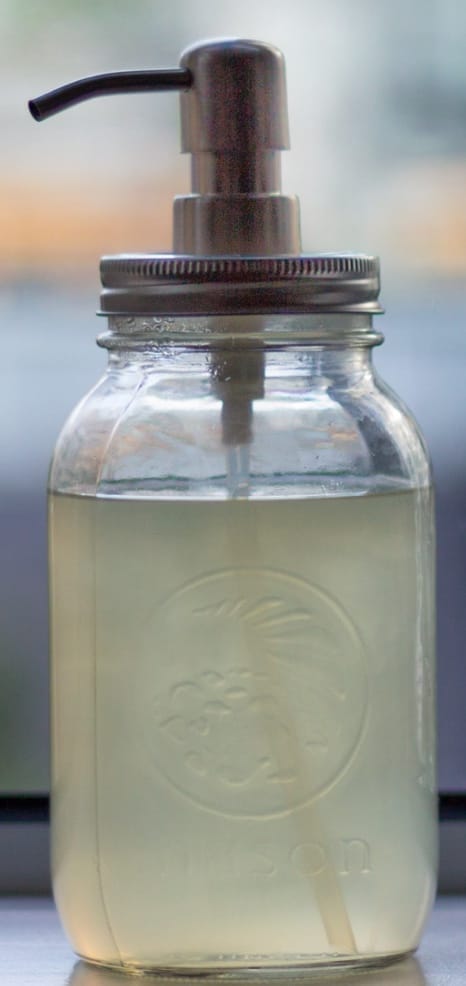
Tips for Customizing Scent and Texture
Personalizing your homemade dish soap can make the cleaning process more enjoyable. Here are some tips for customization:
Scent: Add 10-15 drops of your favorite essential oil. Lemon, lavender, or tea tree oil are popular choices that also have antibacterial properties.
Texture: If you prefer a thicker consistency, try adding a tablespoon of vegetable glycerin. This will also help to keep your hands soft while washing dishes.
Boosting power: For tough grease, add a teaspoon of white vinegar to your mixture. This will enhance the soap's cleaning ability without harsh chemicals.
Remember to always do a patch test when introducing new ingredients, especially if you have sensitive skin.
DIY Dishwasher Tablets
For those with dishwashers, making your own tablets can be a fun and eco-friendly project. Let's walk through the process and address common issues you might encounter.
Step-by-Step Tablet Creation
Creating your own dishwasher tablets is a straightforward process. Here's how to do it:
Mix 1 cup of washing soda, 1 cup of baking soda, and 1/2 cup of citric acid in a bowl.
Add 1/2 cup of kosher salt and mix well.
Slowly add 1/4 cup of water, stirring constantly to avoid fizzing.
Press the mixture into silicone molds and let dry for 24 hours.
These homemade tablets are just as effective as store-bought ones, but without the harsh chemicals or plastic packaging.
Store your tablets in an airtight container to keep them dry and ready for use. One tablet per load is usually sufficient for clean, sparkling dishes.
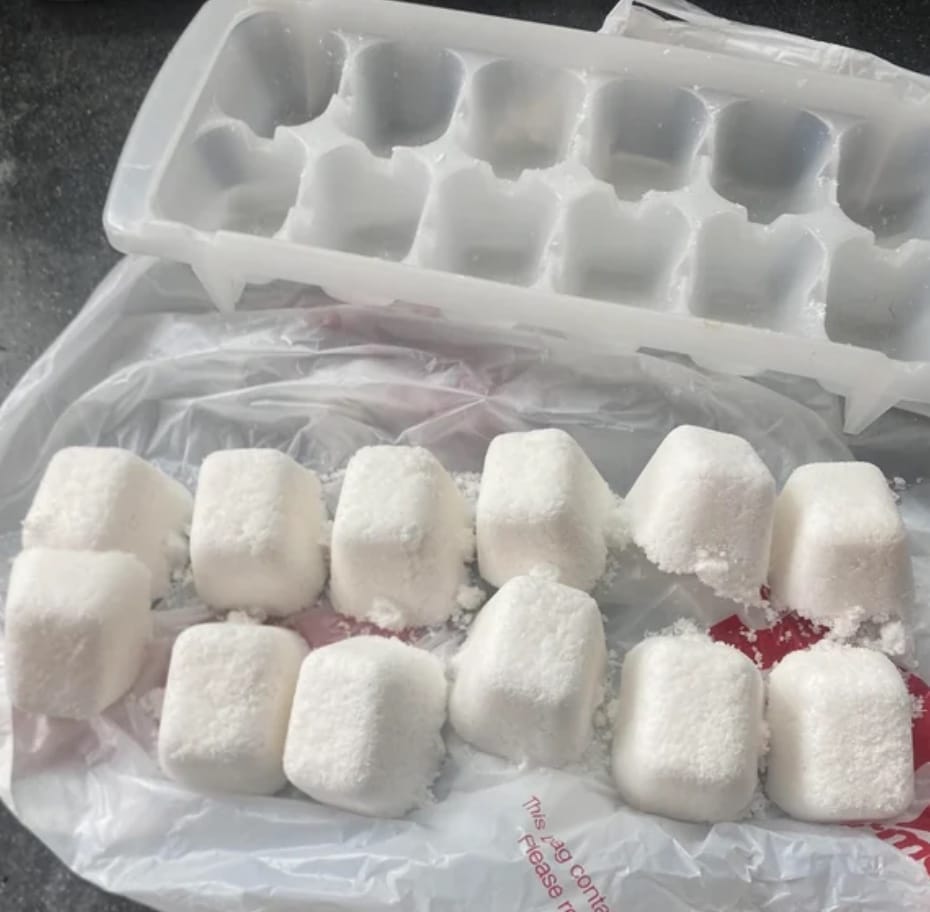
Troubleshooting Common Issues
While homemade dishwasher tablets are generally effective, you might encounter some issues.
Here's how to address them:
Tablets crumbling: If your tablets are falling apart, try adding a bit more water to the mixture. Be careful not to add too much, as this can cause premature fizzing.
Dishes not clean: Hard water can sometimes interfere with cleaning. Try adding a rinse aid to your dishwasher or increasing the amount of citric acid in your tablet recipe.
Spotty glasses: If you notice spots on your glassware, try reducing the amount of salt in your recipe or using distilled water instead of tap water.
Remember, it may take some experimentation to find the perfect formula for your specific water type and dishwasher.
Don't be afraid to adjust the recipe as needed.
BY MOJO HOMESTEAD





